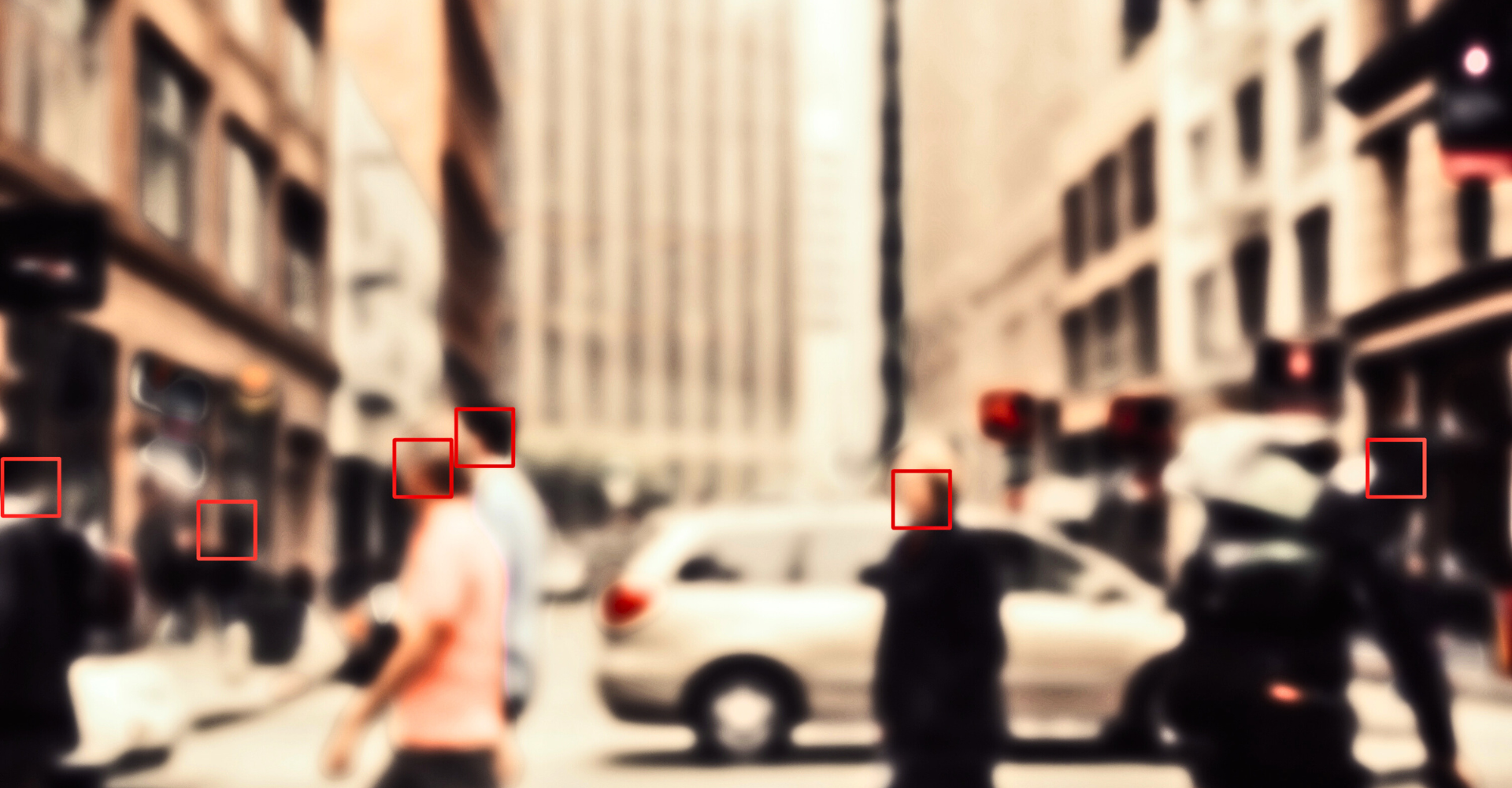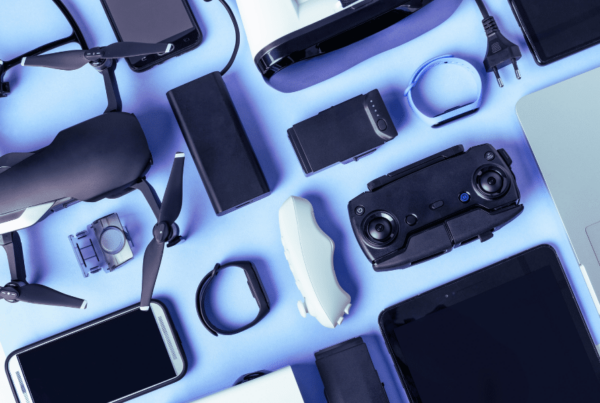Facial recognition technology (FRT) is still a hotly debated topic, with applications ranging from law enforcement to retail and personal device security. While technology promises increased security and operational efficiency, growing worries about privacy and possible misuse require a reconsideration of its effects on society.
What Are the Concerns Nowadays?
Imagine a world in which every move you make could be watched without your knowledge or permission. Privacy is seriously threatened by the widespread utilisation of facial recognition technologies in public areas, therefore creating a surveillance state.
Moreover, this technology is not perfect; for women and people of colour especially, it shows larger mistake rates. What impact could these biases have on societal fairness and equality? The risk of discrimination and social injustice is a serious concern as these technologies become more integrated into our daily lives.
Beyond privacy and bias, there are fears about the potential for data misuse and the permanent storage of biometric data, which could be accessed by hackers or misused by the authorities.
Who’s Watching? Key Players Utilising Facial Recognition Technology
Consider how at ease you would feel knowing that your favourite retail outlet uses facial recognition to assess your shopping habits or prevent theft. Major technology companies such as Amazon, Google, and Microsoft have made significant investments in the development of advanced FRT systems. This involvement raises serious concerns about consumer privacy and the extent to which large companies should shape the landscape of personal security technology.
In the retail industry, companies utilise FRT for targeted advertising, adapting in-store displays to the preferences of people walking by based on demographic data. In terms of security, many governments and commercial security services use facial recognition for everything from border control to recognising people in overcrowded public places.
The use of facial recognition technology during the Hong Kong protests in 2019 shows an important real-world application and its impact on society. Protesters were concerned about being identified and facing retaliation, so many chose to wear masks and use counter-surveillance measures.
There are additional real-world instances of facial recognition technology (FRT) uses in a variety of industries, demonstrating both the technology’s potential and the difficulties it raises.
What Future Developments Are Expected?
As artificial intelligence and machine learning continue to advance, facial recognition technology is expected to become more accurate and widespread. Efforts are underway to reduce biases within these systems, but who is responsible for regulating these improvements? Anticipation of future developments also raises concerns about new policies and how they might address or fail to address the ethical challenges posed by FRT. Upcoming regulations may focus on enhancing transparency in how data is used and ensuring that individuals have the ability to control their personal biometric data.
Helpful or Harmful?
Overall, facial recognition technology (FRT) has enormous potential to improve security and speed up operations in a variety of industries, from law enforcement to customised shopping experiences. Airports utilise FRT to shorten the boarding process and improve security by rapidly and accurately validating identification. Similarly, law enforcement uses this technology to identify suspects in crowds, which helps investigations and improves public safety.
However, extensive use of FRT creates serious concerns. The technology’s ability to follow and identify people in real time might easily lead to surveillance, thereby intruding on personal privacy and civil rights. In addition, challenges with accuracy, particularly when identifying women and people of colour, raise concerns about bias and justice. These two elements of FRT—its potential to serve and control—make it a strong but controversial weapon in the digital era.







